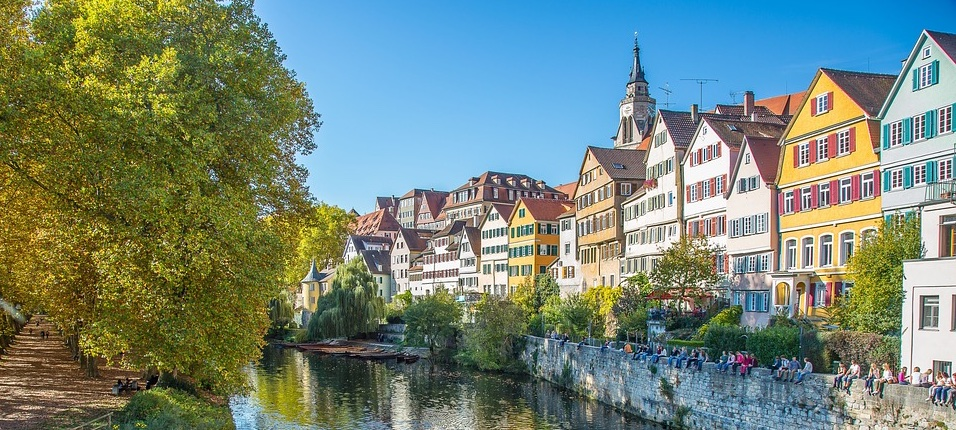Speaker
Description
Diego Álvarez1, Sebastien Michal2, Ricardo Tavares Rego1, Valery Akhnazarov1, Christophe Bault1, Jerome Bendotti1, Francois Boyer1, Andrea Catinaccio1, Alexander Christen3, Jordan Degrange1, Neil Dixon1, Philippe Favre2, Gilles Grandvaux1,5, Coralie Husi2, Susanne Kuehn1, Jean-Philippe Logier4, Mathieu Niclas4, Nicola Pacifico1, Alexandre Perez1, Eric Vigeolas4, Remus-Gheorghita Vrancianu1.
1 CERN; 2 Université de Genève; 3 University of Bonn; 4 CPPM; 5Cracow University of Technology
As part of the ATLAS Phase II Upgrade, a new all-silicon tracker will replace the current Inner Detector to cope with the demands of the High Luminosity Large Hadron Collider (HL-LHC). The future Inner Tracker (ITk) will include a five-layer Pixel Detector with extended rapidity coverage. In the central section, the so-called Pixel Outer Barrel (OB) will adopt a layout configuration featuring tilted modules, which gives rise to a series of new engineering challenges calling for innovative approaches in the design of the support structures and the cooling strategy.
The mechanical design of the Outer Barrel local supports relies on two main elements, namely: (i) the module cells and (ii) the functional local supports. They have been conceived to facilitate the replacement of defective modules during the construction phase, making extensive use of advanced materials and lightweight technologies to meet the stringent performance targets.
This talk will review the design and expected thermal-mechanical performance of the Outer Barrel local supports. Detailed finite element and experimental studies have been carried out to demonstrate that the proposed design meets the detector requirements. Coupled thermal-mechanical simulations have been run to assess their stability due to small changes in the cooling temperature, power consumption and moisture content. The safety margins against thermal runaway and the maximum allowable current per pixel have been evaluated using complex thermal-electrical models. Both normal operating conditions and failure cases have been considered. In parallel, thermal and mechanical tests have been performed with partial and full-size prototypes of the local supports, using the results to increase the confidence in the numerical predictions.
